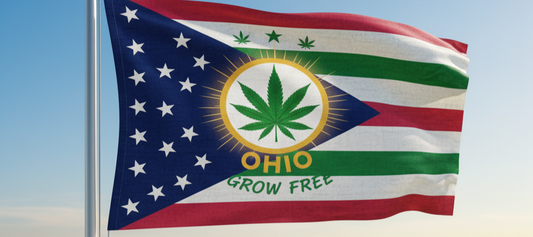What are Trichomes
 What Are Trichomes? The Crystal-Like Powerhouses of Cannabis
What Are Trichomes? The Crystal-Like Powerhouses of Cannabis
If you've ever looked closely at a well-grown cannabis flower, you've probably noticed a sparkling, frosty layer of what looks like tiny crystals. These are **trichomes**, and they are the unsung heroes of the cannabis plant. While they may appear to be simple hairs or crystals, trichomes are actually tiny, resin-filled glands that act as the plant's "factory" for producing cannabinoids, terpenes, and flavonoids. Understanding what trichomes are and how they function is key to appreciating a strain's potency, aroma, and overall quality. Let's dive into the fascinating world of these microscopic powerhouses.
Understanding Trichomes: The Basics
The word "trichome" comes from the Greek word for "growth of hair," and it's a fitting name. They appear as tiny, mushroom-like structures with a bulbous head and a slender stalk. While there are three main types of cannabis trichomes—bulbous, capitate-sessile, and capitate-stalked—the most significant for cannabis production is the **capitate-stalked trichome**, as it is the largest and contains the highest concentration of desirable compounds.
The Crucial Role of Trichomes
Trichomes serve two vital purposes for the cannabis plant: **protection** and **production**. From an evolutionary standpoint, their primary role is to act as a protective shield against a variety of environmental threats:
- **Pests and Predators**: The bitter taste and strong aromas produced by the compounds within trichomes deter insects and herbivores from eating the plant.
- **UV Rays**: The resinous compounds act as a natural sunscreen, protecting the plant from harmful ultraviolet (UV) radiation.
- **Fungal Growth**: The resin can help prevent the development of mold and fungi on the plant's surface.
Beyond protection, trichomes are the magical factories where the plant synthesizes its most valuable compounds. Within their tiny heads, the plant creates all of its cannabinoids—like **THC, CBD, and CBN**—as well as its terpenes, which are responsible for the plant's unique scents and flavors (like limonene, pinene, and myrcene).
Trichomes and the Harvest: When to Pick?
For cannabis cultivators, the trichomes are the ultimate indicator of a plant's readiness for harvest. Their color changes over time, signaling the maturity and potency of the compounds inside. Growers typically use a magnifying glass or a jeweler's loupe to observe the trichomes and determine the perfect harvest window:
- **Clear/Translucent**: In this early stage, the trichomes are still developing and have a lower potency. Harvesting now would result in a less potent and more "buzzy" high.
- **Cloudy/Milky**: This is when the THC content is at its peak. The cannabinoids and terpenes are fully mature, and this stage is ideal for an energetic, euphoric high.
- **Amber**: As trichomes continue to mature, they turn a deep amber color. This signifies that THC is beginning to degrade into CBN (the "sleepy" cannabinoid). Harvesting at this stage can lead to a more relaxing, sedative "body high."
Final Thoughts...
Trichomes are a testament to the complexity and genius of the cannabis plant. These microscopic, crystal-like structures are the true source of a strain's potency, flavor, and therapeutic effects. The next time you admire a beautiful, frosty cannabis flower, you'll know that its power and magic are all thanks to its tiny, resinous trichomes.





